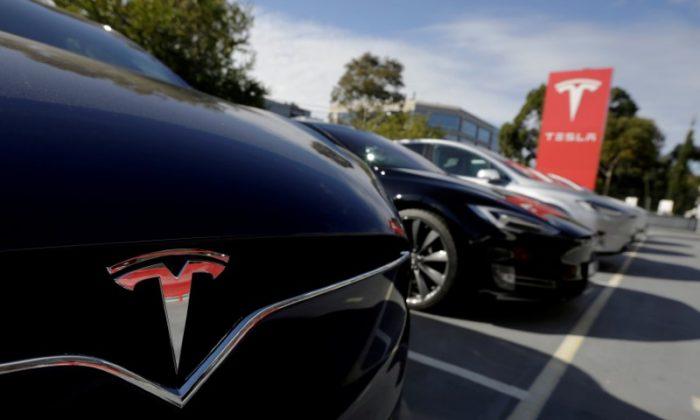Only one in 100 second-hand vehicles for sale is electric and it could take three years for the situation to significantly improve, experts warn.
Greater government subsidies targeting fleets and second-hand vehicles may boost supply, they say, which could otherwise slow the wider uptake of zero-emission vehicles and cuts to transport pollution.
The modest number of second-hand electric vehicles in Australia comes despite soaring new car sales, with the transport technology breaking records in June and almost doubling this year.
CARS24 chief executive Olya Rudenko said finding used electric vehicles to buy in Australia was frustratingly rare.
“Out of 190,000 (second-hand car) listings, only 1800 are electric—that’s less than one per cent of used cars in Australia,” Rudenko said.
“That’s the reality of the market for us is because the supply is so short.”
Rudenko said the number of used electric cars remained low as motorists were likely to hold on to new vehicle purchases up to seven years.
The secret to growing the market, Rudenko said, was government and business fleet sales, which were unlikely to boost the second-hand market for years.
“Somewhere between the three to five years from now we’re going to have a significant presence of used electric cars versus what we have today,” Rudenko said.
“When the fleets catch up to consumer sales and they get their share up to 20 percent (of all car sales) that’s when it will be more realistic for us to see the more electric supply.”
Offering more subsidies for businesses to buy electric could accelerate the market, Rudenko said, and extending government rebates for second-hand cars could encourage swifter sales and more listings.
CARS24, which fixes and packages second-hand cars for sale in Australia, does not currently offer electric vehicles due to a shortage of stock, and instead sells hybrid, petrol, diesel and LPG models.
Australian Electric Vehicle Association national president Chris Jones said the prices of second-hand electric vehicles remained stubbornly high due to short supply.
Savvy shoppers could find some electric cars more available and cheaper than others though, Jones said, including early model Nissan Leaf cars with shorter driving ranges and some Tesla vehicles that had been discontinued or traded in by drivers upgrading to the popular Model Y.
“Certain vehicles are commanding lower prices,” Jones said.
“In the case of the Tesla Model S, if you’ve still got a legacy model from 2015 or 2016, you’re probably not going to get as much money for that as you thought because they’re not going to make them any more, for example.”
Electric vehicle sales broke records by making up 8.8 percent of new car sales in June, according to the Federal Chamber of Automotive Industries.
The vehicles also represented 7.4 percent of car sales during the first six months of the year, compared to 3.8 percent throughout 2022.





